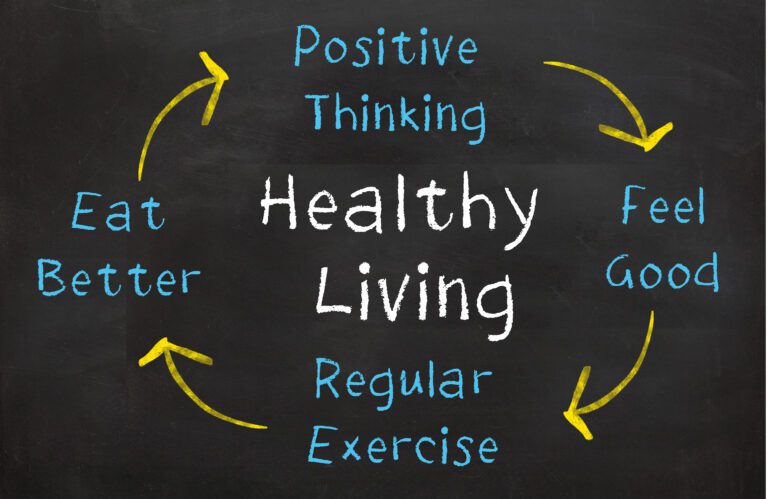Ultimate Guide To Determine Who Am I As A Person With Bipolar Disorder
When you are diagnosed with bipolar disorder, it can bring up a host of questions. One of the questions can be, “Who am I as a person?”
It may sound silly at first, but it is a legitimate question. After all, I am a completely different person when I am manic and a whole other person when I am depressed – not to mention, everywhere in between. It is confusing, to say the least.
Take hypersexuality, as an example, which is an extremely common symptom during a manic episode. You can be this utterly sexualized creature that is only thinking about sex, flirting, and engaging in promiscuous behavior. Once you crash and are in a depression, however, your sexual drive may be completely nonexistent.
Both poles of bipolar disorder are episodic states of mind. I bring this up because they are part of the disorder and not you as a person. The faster you can grasp this concept, the better off you will be.
Hypersexuality is not the only topic up for discussion here. The manic and depressive poles relate to energy, activity level, cognitive function, thinking, emotions, relationships, and more.
Does Bipolar Disorder Define Me As A Person?
Bipolar disorder does not define me as a person. It is a condition that I live with. Yes, bipolar disorder is a part of who I am, but it is not my only defining characteristic. This is an important distinction to make because of how I perceive myself and the stigma I battle on a daily basis.
I tell others, “I am not bipolar – I live with bipolar disorder.” This may not seem like a big deal, but if you live with bipolar disorder, it is your inner dialogue – how you see yourself. For me, I am so much more than my diagnosis of bipolar disorder.
Now, back to the question, “Who am I as a person?”
I ask that question when I am stable and in a good place. Some people like to call it “in remission.” Still, others describe it as “recovery,” even though there is no “cure” for bipolar disorder. I know many look at it as a lifetime of recovery, similar to the perspective of an addict.
Whatever you want to call it, take a good look at yourself when you are not in a depressive or manic episode (a.k.a hypomanic episode, if you have bipolar type 2).
I am a big list person. Every day, I have a to-do list of all the things I need and want to accomplish for the day. When making a hard decision, I list the pros and cons of the different options. Getting my thoughts down on paper, and out of my head, helps me to organize the constant chatter of my thoughts.
Make A List
To make things easier, list the items below on a piece of paper. Do not second-guess yourself and judge your responses. Just write down your thoughts as you think them.
What are your:
- Likes?
- Dislikes?
- Hobbies?
- Ideas about religion/spirituality?
- Views on politics?
- Ideas about relationships?
- Anything else that defines you as an individual?
Now, go over the list. Make sure you feel each idea specifically relates to you, how you feel, and what you believe.
As you mull over the lists of different topics, you will start to iron out yourself as a person. I am not saying that these adjectives describe you entirely, because you are made up of all your experiences, desires, and emotions. This exercise merely points you in a direction to better define yourself as an individual.
Back to the list above…If one of the topics does not apply to you, simply leave it out. You can also add whatever topics you feel appropriate.
Hobbies are a topic that you may not have a grasp on right now. Try out some different hobbies, and see if you fancy any. The goal is to alleviate stress and not create it.
Last Thoughts
If you cycle on a daily basis, this exercise can be done each day, as well. You can do it multiple days in a row and see what jives best with you as a person. Remember, this is merely a suggestion. If you are having troubling finding yourself, try it out, and go from there.
As we grow and mature over the years, change is natural – hopefully, for the better!
Just remember, you are a completely different person when you are in the midst of a manic episode, as compared to a depressive episode. Usually, when you are stable, there is a gray area between the two poles. This is not a “hard-and-fast” rule but has been true from my own experience.
It may be beneficial for you to try this exercise both during a manic episode and also during a depressive episode. That way, you will have a frame of reference to compare to.
Living with bipolar disorder, I know the chaos and the feeling of loss of control. Feeling comfortable in my own skin was a huge step forward in my own treatment.







